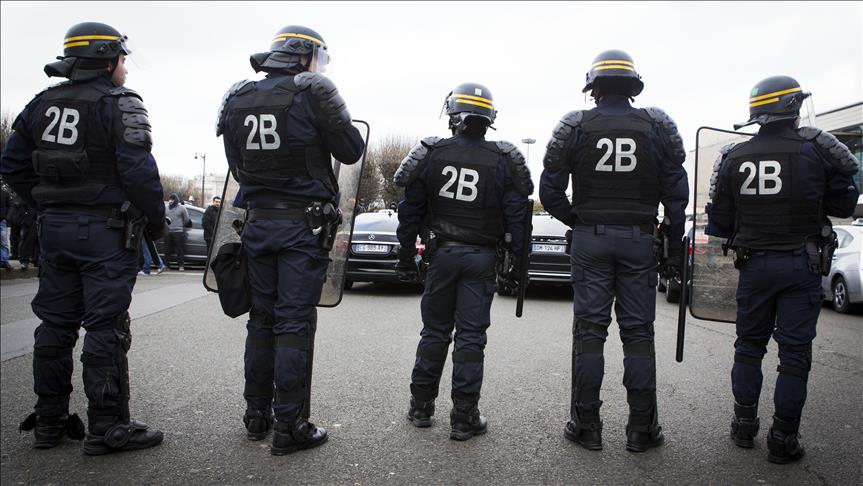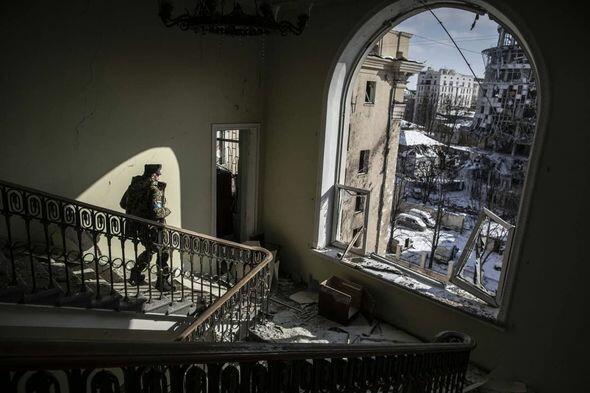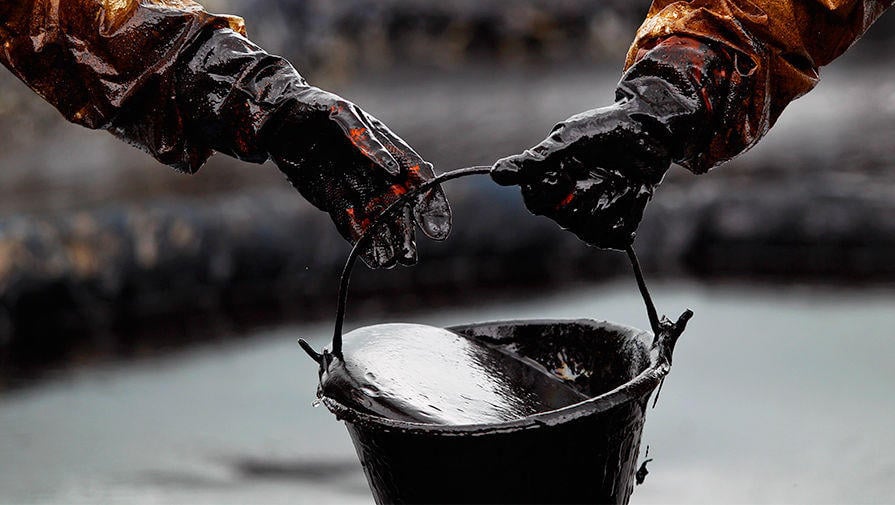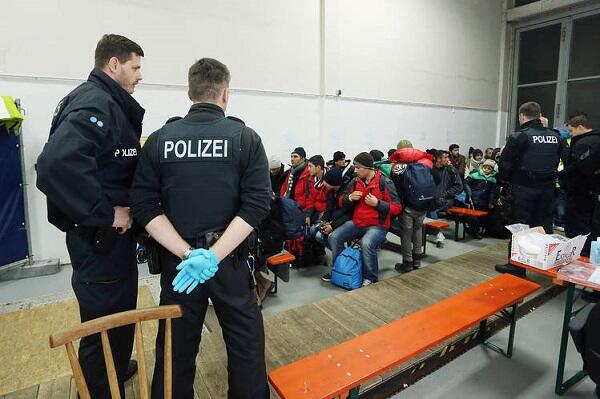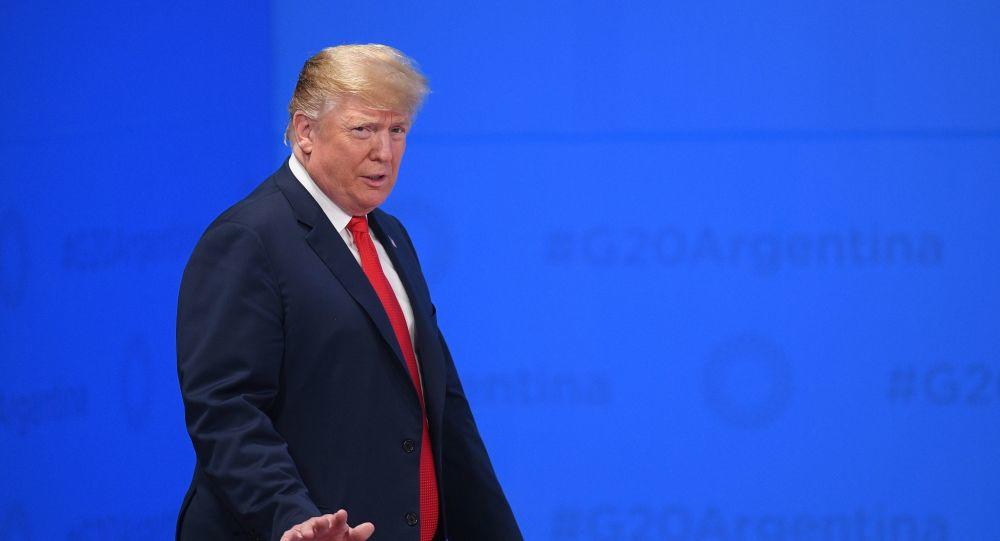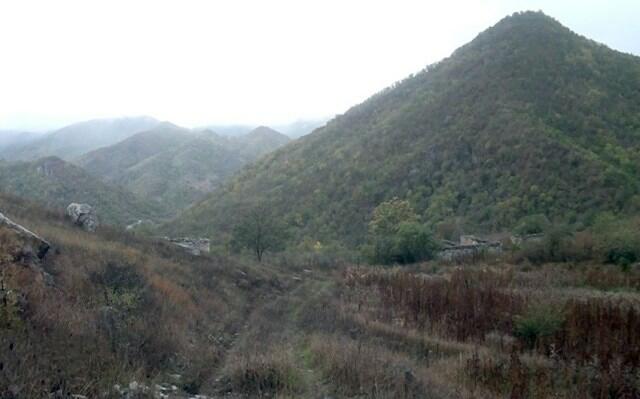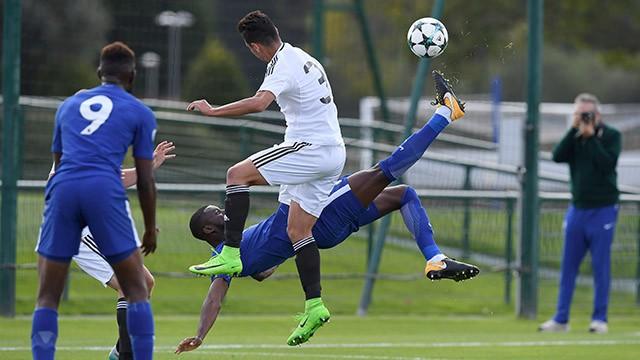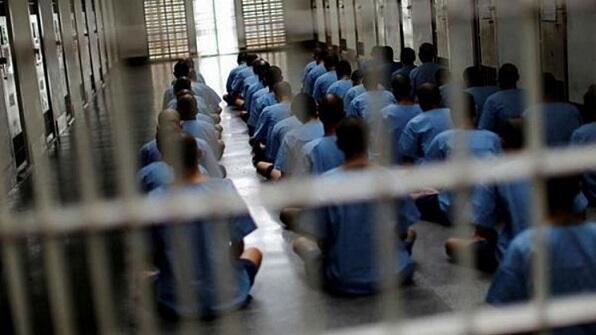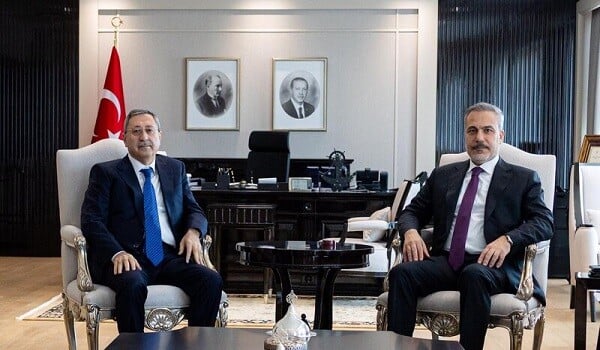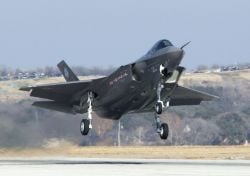The Air Force F-35As that participated in Operation Midnight Hammer—the June 22 strike against Iranian uranium enrichment and nuclear research facilities—conducted both suppression of enemy air defenses, also called SEAD, and provided fighter cover for the strike force as it departed Iran, the service acknowledged Nov. 24.
Axar.az informs, citing Air&Space Forces Magazine, the SEAD aspect of the F-35’s role in the operation was implied but not officially detailed previously.
Fighters of the 388th Fighter Wing based out of Hill Air Force Base, Utah, “paved the way” for the flight of seven B-2s that dropped 14 GBU-57 bunker busters that penetrated the hardened, deeply buried targets in Iran, the wing detailed in a pair of press releases. The Air Force said the jets flew from several locations, implementing the Agile Combat Employment model.
The 388th and its reserve associate unit, the 419th Fighter Wing, deployed to the Middle East under U.S. Central Command in March and returned to Utah in September after a history-making six-month deployment.
The Pentagon had previously revealed that 125 aircraft took part in Midnight Hammer, with a strike package that also included F-22s, F-15Es, F-16s, and Tomahawk Land-Attack cruise Missiles. Officials said at the time that the fighter escorts launched some 30 munitions at Iranian surface-to-air systems.
The new Air Force release details how the F-35s of the 388th Fighter Wing “were the first aircraft to penetrate Iranian airspace, suppressing enemy air defenses and escorting the B-2s to target areas.”
You can read more here.



